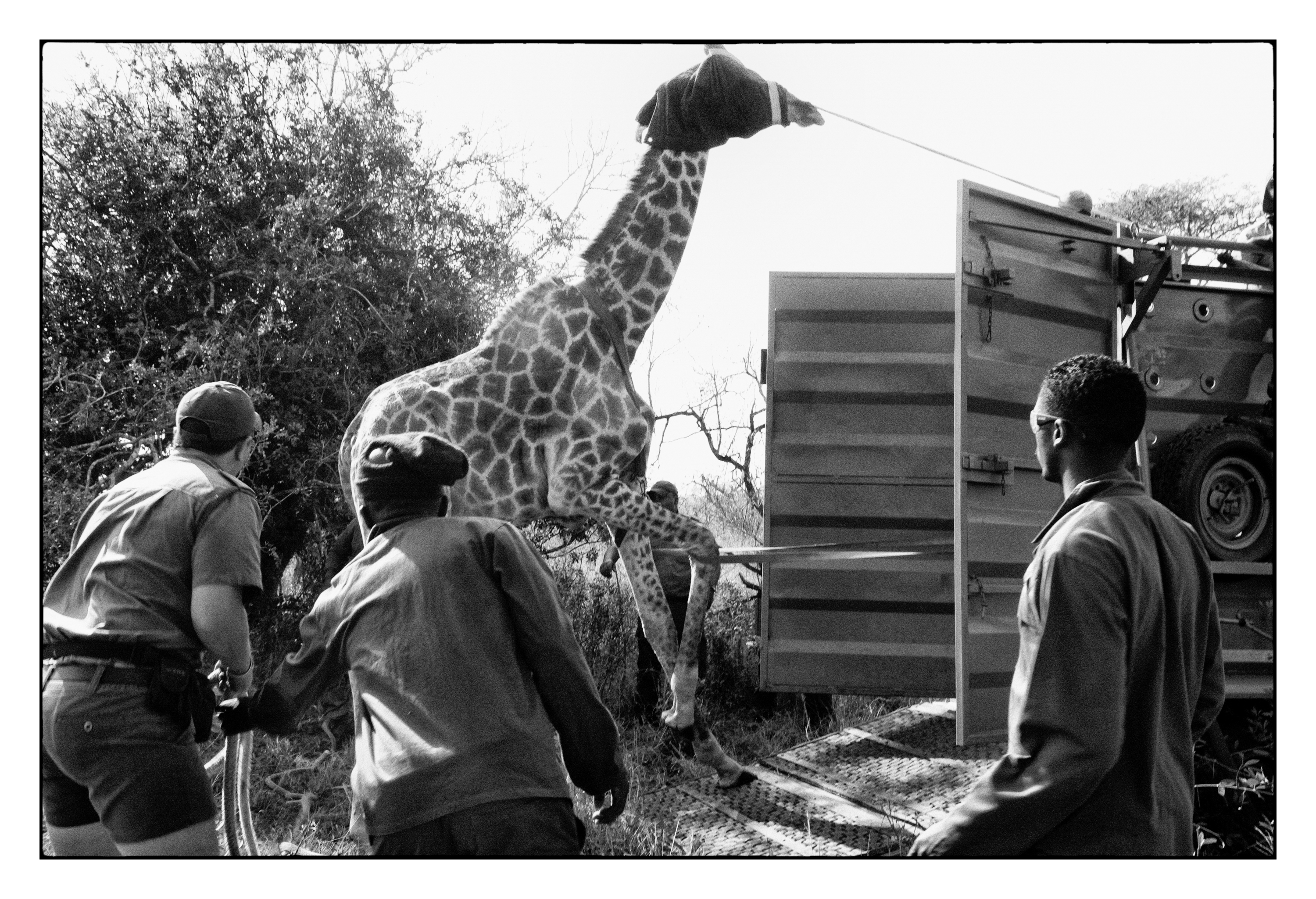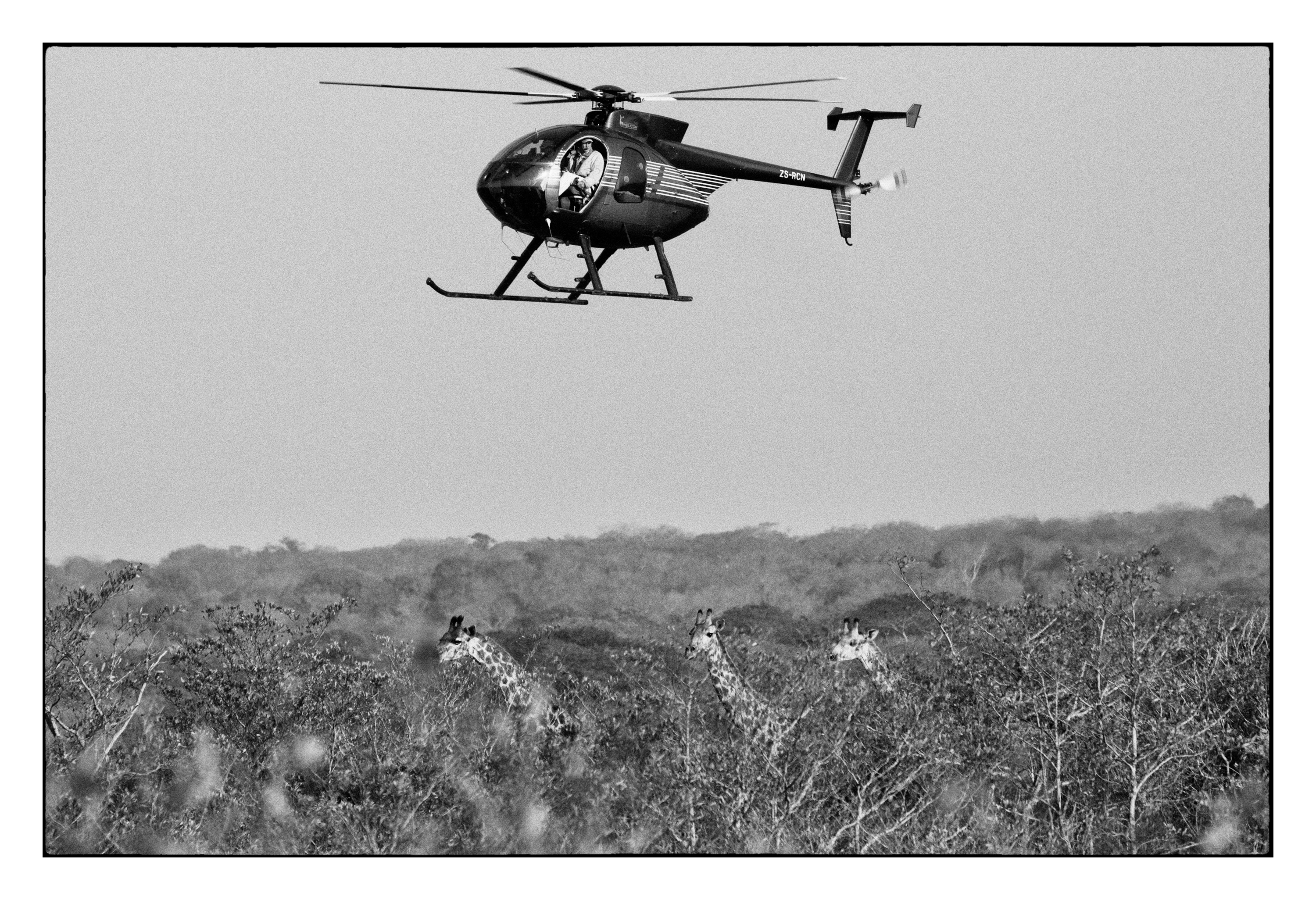When it comes to giraffe transport, there’s a lot more to it than meets the eye. Moving these majestic creatures from one place to another is no small feat, and it requires meticulous planning, specialized equipment, and a team of experts who understand the unique needs of giraffes. Whether you're transporting them for conservation purposes, zoo relocation, or research, getting it right is crucial for their safety and well-being.
Imagine this: you’ve got a towering giraffe that’s as tall as a two-story building, and now you need to move it across states or even countries. Sounds like a logistical nightmare, right? But believe it or not, it’s something that happens more often than you’d think. Zoos, wildlife sanctuaries, and conservationists around the world rely on giraffe transport to ensure the survival and diversity of these incredible animals. It’s not just about loading them into a truck and hitting the road—it’s about creating an environment where they feel secure and stress-free during the journey.
In this guide, we’ll dive deep into the world of giraffe transport. From the challenges involved to the cutting-edge technology used, we’ll cover everything you need to know. Whether you’re a wildlife enthusiast, a zoo professional, or simply curious about how these gentle giants are moved, this article has got you covered. So buckle up and get ready to learn all about the fascinating process of giraffe transport!
- Almost Thanksgiving Meme The Ultimate Guide To Laughing Through The Holidays
- Unveiling The Mystique Of Harbor Elm Your Ultimate Guide
Table of Contents
- Introduction to Giraffe Transport
- Why Giraffe Transport is Important
- A Brief Biography of Giraffes
- The Logistics Behind Giraffe Transport
- Specialized Equipment Needed
- Common Challenges in Giraffe Transport
- Safety Tips for Giraffe Transport
- The Role of Technology in Giraffe Transport
- Conservation Efforts Through Giraffe Transport
- Future Trends in Giraffe Transport
Introduction to Giraffe Transport
Giraffe transport might sound like a straightforward task, but it’s anything but simple. These animals are not only the tallest land mammals but also incredibly sensitive to changes in their environment. Moving them requires a delicate balance of science, strategy, and compassion. The process begins long before the giraffe is loaded onto a transport vehicle, with detailed planning and preparation being key to success.
One of the biggest challenges in giraffe transport is ensuring their physical and emotional well-being. Giraffes are naturally skittish creatures, and any unfamiliar situation can cause them significant stress. To mitigate this, transport teams often spend weeks, if not months, acclimating the giraffes to the process. This includes familiarizing them with the transport crate, simulating the sounds of the journey, and even practicing loading and unloading.
In addition to the emotional aspect, there’s also the physical challenge of moving such a large animal. Giraffes can grow up to 18 feet tall and weigh over 2,600 pounds, making them one of the most challenging animals to transport. Specialized crates, vehicles, and sometimes even aircraft are required to ensure they are moved safely and comfortably.
- Zorbi Magic Flying Saucer The Ultimate Fun Toy For Everyone
- How To Make Private Matches In Fortnite Without Creator Code
Why Giraffe Transport is Important
So, why go through all the trouble of transporting giraffes? Well, giraffe transport plays a vital role in conservation efforts worldwide. As habitats shrink due to human activity and climate change, zoos and sanctuaries often need to relocate giraffes to new environments where they can thrive. This helps maintain genetic diversity within populations, which is crucial for the long-term survival of the species.
Moreover, giraffe transport is often used to reintroduce giraffes into the wild or relocate them to protected areas where they can live without fear of poaching or habitat loss. In some cases, it’s also used for breeding programs, where giraffes are moved to different locations to ensure healthy offspring. These efforts are essential for preserving giraffe populations, especially as their numbers continue to decline in the wild.
A Brief Biography of Giraffes
Before we dive deeper into the logistics of giraffe transport, let’s take a moment to appreciate these magnificent creatures. Giraffes are native to Africa and are known for their long necks, distinctive coat patterns, and gentle demeanor. They belong to the family Giraffidae and are classified into several subspecies, each with its own unique characteristics.
Here’s a quick breakdown of some key facts about giraffes:
- Height: Up to 18 feet
- Weight: 1,600 to 2,600 pounds
- Diet: Herbivores, primarily feeding on leaves and twigs
- Life Span: 20-25 years in the wild
- Habitat: Savannas, grasslands, and woodlands
Understanding the biology and behavior of giraffes is crucial when it comes to transporting them. Their size, diet, and social structure all play a role in how they are moved and cared for during transit.
The Logistics Behind Giraffe Transport
Now let’s talk about the logistics of giraffe transport. This is where things get really interesting. The process involves a team of experts, including veterinarians, animal handlers, and logistics specialists, all working together to ensure a smooth journey. Here’s a breakdown of the key steps involved:
Preparation Phase
Before the actual transport, there’s a lot of prep work that needs to be done. This includes:
- Health checks: Ensuring the giraffe is in good physical condition for the journey.
- Acclimation: Getting the giraffe used to the transport crate and simulating the journey conditions.
- Permits: Securing the necessary permits and documentation for transporting the giraffe.
Transport Phase
Once everything is ready, the giraffe is carefully loaded onto the transport vehicle. This is a delicate process that requires patience and precision. The transport crate is specially designed to accommodate the giraffe’s height and provide ample space for movement. During the journey, the giraffe is monitored closely by veterinarians to ensure its well-being.
Specialized Equipment Needed
When it comes to giraffe transport, the right equipment is essential. Here are some of the tools and vehicles commonly used:
- Transport crates: Custom-built crates that can accommodate the giraffe’s height and weight.
- Trucks and trailers: Large vehicles designed to carry the transport crate safely.
- Aircraft: In some cases, giraffes are transported via plane, especially for international relocations.
- Monitoring equipment: Devices used to track the giraffe’s vital signs during transit.
Each piece of equipment is carefully selected to ensure the giraffe’s safety and comfort throughout the journey.
Common Challenges in Giraffe Transport
Despite the best planning and preparation, there are still challenges that can arise during giraffe transport. Some of the most common ones include:
- Stress: Giraffes are naturally skittish, and any unfamiliar situation can cause them stress.
- Weather conditions: Extreme weather can make the journey more difficult and dangerous.
- Technical issues: Equipment malfunctions or transportation delays can complicate the process.
Addressing these challenges requires quick thinking and adaptability from the transport team.
Safety Tips for Giraffe Transport
Ensuring the safety of giraffes during transport is of utmost importance. Here are some tips to keep in mind:
- Use experienced handlers: Always work with professionals who have experience in giraffe transport.
- Monitor closely: Keep a close eye on the giraffe’s behavior and vital signs throughout the journey.
- Plan for contingencies: Have a backup plan in case of unexpected issues.
By following these safety tips, you can help ensure a successful and stress-free transport experience for the giraffe.
The Role of Technology in Giraffe Transport
Technology plays a significant role in modern giraffe transport. Advances in veterinary medicine, logistics software, and monitoring equipment have made the process safer and more efficient than ever before. For example, GPS tracking systems are now used to monitor the giraffe’s location in real-time, while remote monitoring devices allow veterinarians to keep an eye on their vital signs without disturbing them.
In addition, 3D modeling and simulation software are being used to design transport crates that perfectly fit the giraffe’s dimensions, reducing the risk of injury during transit. These technological advancements are helping to revolutionize the field of giraffe transport, making it safer and more effective for both the animals and the handlers.
Conservation Efforts Through Giraffe Transport
Giraffe transport is not just about moving animals from one place to another—it’s also about conservation. By relocating giraffes to new habitats, conservationists can help protect them from threats such as habitat loss and poaching. This is especially important as giraffe populations continue to decline in the wild.
Moreover, giraffe transport is often used to support breeding programs, which are crucial for maintaining genetic diversity within populations. These programs help ensure that future generations of giraffes are healthy and resilient, giving them a better chance of survival in the wild.
Future Trends in Giraffe Transport
Looking to the future, there are several exciting trends emerging in the field of giraffe transport. One of the most promising is the use of autonomous vehicles and drones to transport giraffes over short distances. This technology has the potential to make the process faster, safer, and more cost-effective.
Another trend is the increasing use of virtual reality (VR) to simulate the transport experience for giraffes. By exposing them to VR simulations of the journey, handlers can help reduce their stress levels and make the actual transport process smoother.
Kesimpulan
Giraffe transport is a complex and challenging process that requires a combination of science, strategy, and compassion. From the detailed planning and preparation to the specialized equipment and expert handlers, every aspect of the process is designed to ensure the safety and well-being of these gentle giants.
As we’ve seen, giraffe transport plays a vital role in conservation efforts around the world. By relocating giraffes to new habitats and supporting breeding programs, we can help protect these magnificent creatures from the threats they face in the wild. With the help of cutting-edge technology and innovative approaches, the future of giraffe transport looks brighter than ever.
So, the next time you see a giraffe at the zoo or in a wildlife sanctuary, take a moment to appreciate the incredible journey it may have taken to get there. And if you’re inspired to learn more about giraffe transport, be sure to share this article with your friends and family. Together, we can help spread awareness and support the conservation of these amazing animals.
- How To Create A Pregnancy Belly For Special Occasions
- All I Have Is All I Need A Journey To Embracing Minimalism And Fulfillment


